ECJ Case C-368/21: Determining the Place of Importation for Vehicles in the EU - VAT & Customs Duty Analysis

The case between R.T., a German resident, and a Finance Court in Hamburg, Germany, concerns the dispute over where the customs duties and import VAT are due when a vehicle is imported from a third country, passes through several EU countries, and reaches its final destination.
The case deals with which EU country is the importing country for a vehicle when the owner violates customs laws, and the vehicle is used for the first time in one EU country while it is later constantly used in another EU country.
Background of the Case
R.T. is a German resident who bought a Georgia-licensed vehicle in January 2019 and drove it from Georgia to Germany, passing through Turkey, Bulgaria, Serbia, Hungary, and Austria. On this occasion, R.T. did not present the vehicle to the import customs office.
Later, in 2019, the customs office inspected the vehicle and issued a notice of customs duty assessment stating that R.T. must pay EUR 4,048.13 in customs duties and EUR 8,460.59 in import VAT.
R.T. appealed to customs, but it was denied. This led to R.T. initiating a procedure to annul that notice before the Finance Court in Hamburg. However, R.T. only disputed the amount of import VAT and not the customs duties.
Although the Finance Court (Court) did not doubt that German authorities had the power to recover customs debt, it was uncertain whether the customs office could also determine the amount of import VAT. The Court added that this depends on whether Germany is considered a place of importation under the EU VAT Directive, even though the vehicle entered the EU in Bulgaria.
The Court noted that it believes import VAT is only chargeable in an EU country where goods are imported. Moreover, the Court highlighted that under the established case law, the place of importation should be Bulgaria, where the vehicle was first used. Nevertheless, as stated in previous ECJ rulings, VAT could become chargeable in Germany if the vehicle was intended for consumption there.
However, the Court stated that all previous case law referred to goods that were transported, whereas in the current case, the vehicle is imported as a means of transport. The Court further stated that under German case law, the place of importation for means of transportation is the same as goods, which in this case in Bulgaria.
Nonetheless, this would contradict the ECJ's ruling, which held that even though the vehicle physically entered the EU's customs territory through Bulgaria, it had been used in Germany, the applicant's home country.
Due to the uncertainty in interpreting the ECJ and German case law, the Court decided to refer to two questions to the ECJ.
Main Questions from Request For Ruling
The first question referred to the ECJ asks whether the place of importation of a means of transportation registered in a third country for VAT purposes, under Articles 30 and 60 of the EU VAT Directive, is determined by where the customs infringement occurred and where the vehicle was first used in the EU or based on the place of residency of the liable person who used the vehicle.
Suppose the place of importation under the EU VAT Directive is any other EU country except Germany. In that case, the second question asks whether Germany can still impose import VAT by adapting customs rules and applying Article 87(4) of the Customs Code to import VAT.
Applicable EU VAT Directive Article
Apart from Article 2 of the EU VAT Directive, which states that imported goods are subject to import VAT, Articles 30, 60, and 71 were the main focus when deciding this case.
Article 30 defines the importation of goods as the entry of goods into the EU that are not in free circulation, and Article 60 states that the place of importation is the EU country where the goods are located when they enter the EU.
However, Article 71 outlines that if the goods enter the EU under special arrangements, such as temporary importation with duty exemption, VAT is due when they leave those arrangements. Nevertheless, VAT is charged simultaneously with customs duties if goods are subject to them. If no customs duties apply, the EU countries can follow national rules to determine when VAT is chargeable.
In addition to articles from the EU VAT Directive, Articles 79 and 87 of the Customs Code were also considered when deciding. Article 79 regulates that the customs debt arises when import duties are due because of non-compliance with customs rules.
Additionally, Article 87 sets rules for determining where customs debt arises. The general rule is that it is incurred where the customs declaration is submitted. In other situations, it is where the breach or event triggering the debt happened. When such a place cannot be identified, the debt arises where the authorities find the goods in a customs debt situation. Moreover, if the customs debt is less than EUR 10,000, the debt is treated as if it was incurred in the EU country where the discovery was made.
Germany National VAT Rules
Article 21(2) of the German Law on Turnover Tax states that the same rules that apply to customs duties apply to import VAT, which was the only one considered in this case.
Importance of the Case for Taxable Persons
There are several key factors for taxable persons in this case. The first one is that it helps them to understand where and when customs duties and import VAT become chargeable for imported goods transported on vehicles and for importing the means of transportation.
In addition, the case clarifies in which EU country and under which circumstances the customs debt arises. This further helps taxable persons understand where their customs debt is due if it is established due to a violation of EU customs and VAT regulations. Finally, the ruling underlines the similarities and differences between customs duties and import VAT.
Analysis of the Court Findings
The ECJ stated that import VAT and customs duties share similar characteristics, as they both arise from importing goods into the EU, which was confirmed in some previous ECJ cases and rulings. Therefore, VAT on imports follows the same chargeability rules as customs duties.
Furthermore, VAT may also become due if unlawful conduct triggers the customs debt. In this situation, the goods entered the EU were likely consumed, representing the taxable VAT event. However, this presumption can be overturned when proven that, despite the breach of customs duty regulation in one EU country, the goods were brought into the EU through another EU country where they were intended for consumption. In that case, VAT is chargeable in the second EU country.
Regarding vehicle imports, the ECJ stated that if a vehicle is imported in breach of customs rules, it is considered to have entered the EU where the owner resides. This is true even when the vehicle enters the EU in one EU country and then goes to another EU country. Therefore, the import VAT is due in the EU country where the vehicle is used, not necessarily where it first entered the EU.
The ECJ underlined that even if a vehicle's first use in one EU country is considered a form of consumption, what matters is where the vehicle was ultimately intended for use. This aligns with the ECJ's case law, which determined that goods are considered part of the EU market in the EU country where they are meant for final consumption.
Therefore, a vehicle registered in a third country must be considered to have entered the EU in the EU country where its owner resides, even if it first entered the EU and was used for the first time in another EU country. What is important is where the vehicle is intended for long-term use, which is determined based on the user's residence.
Courts Final Decision
The ECJ ruled that for VAT purposes, the place of importation of a vehicle registered in a third country, such as Georgia, and brought into the EU in violation of EU customs rules is the EU country where the liable person resides and uses the vehicle.
In this case, the import VAT is due in Germany since the vehicle's owner is a German resident, and it is apparent that the vehicle was intended for use in Germany.
The ECJ did not provide an answer to the second question since it found that there is no need to delve into it.
Conclusion
Determining the place of importation is crucial for all taxable persons who either base their business activities on imports or need to import vehicles for their business needs. In addition, the ECJ ruling reaffirms that while customs duties and VAT are similar, VAT is ultimately due in the EU, where the goods, in this case, the vehicle, are intended for actual, permanent, or final use.
The case depicts issues in cross-border transactions, especially those involving non-EU goods or vehicles imported into the EU market. Moreover, the ruling highlights the decisive role of the vehicle's owner's residency in determining VAT obligations and ensuring that the import VAT is levied in the EU country where the vehicle is used.
Source: Case C-368/21 - R.T. v Principal Customs Office, Hamburg, EU VAT Directive, Union Customs Code

Featured Insights

Angola’s E-Invoicing Mandate: Phased Implementation Continues Into 2026
🕝 December 10, 2025
VAT Deduction and Business Succession: When Do Advisory Costs Serve the Company’s Interest?
🕝 December 8, 2025
Europe’s Plastic Fiscal Shift: Why Italy’s Plastic Tax Now Starts in 2027
🕝 December 3, 2025
The Decline of Low-Value Import Exemptions: Closing Gaps in Cross-Border E-Commerce
🕝 November 20, 2025More News from Europe
Get real-time updates and developments from around the world, keeping you informed and prepared.
-e9lcpxl5nq.webp)

-ol6mdkdowg.webp)
-aqdwtmzhkd.webp)

-njgdvdxe2u.webp)



-i6rki3jbad.webp)
-hdwgtama05.webp)

-atbhy5fyxv.webp)

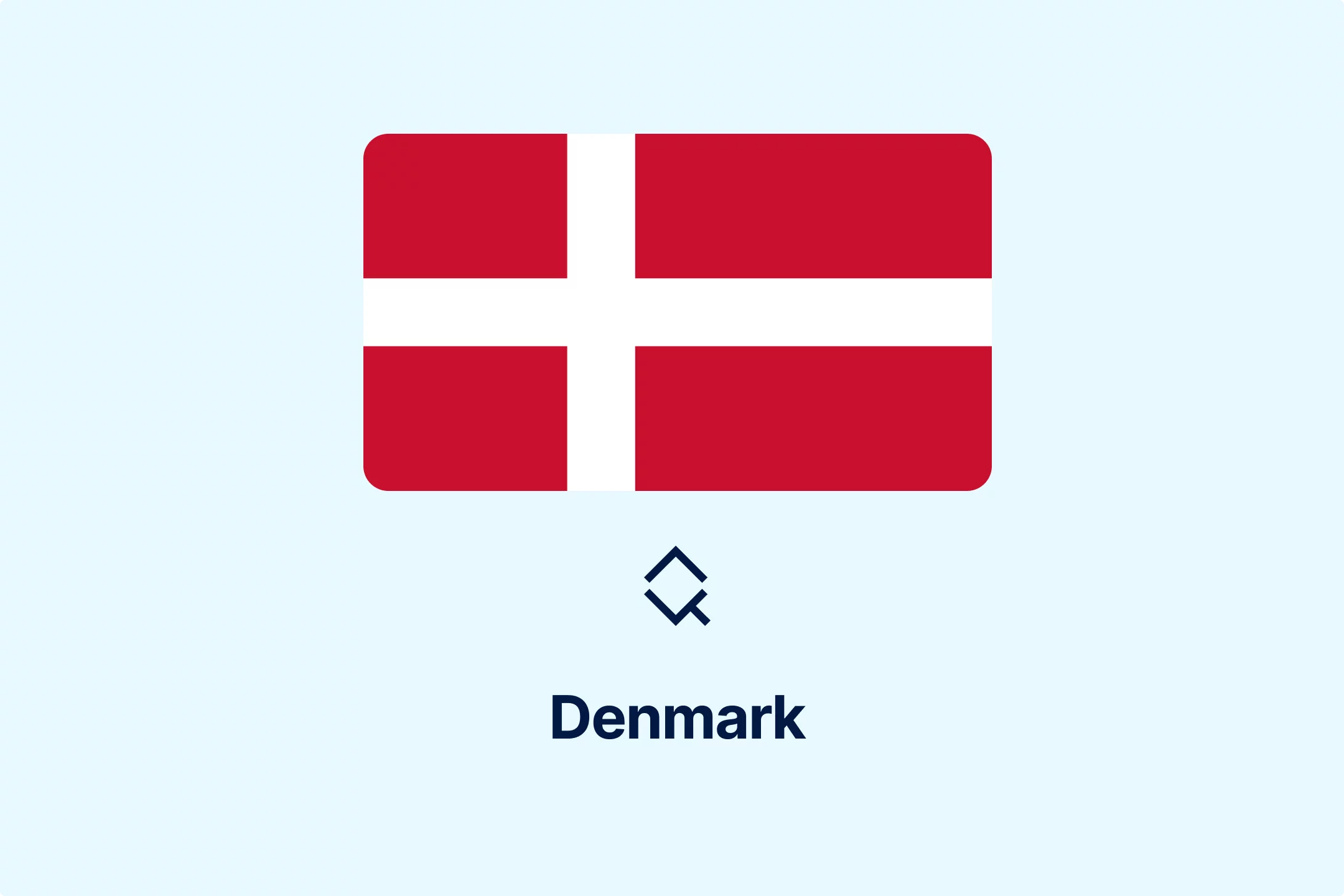


-zp2n6zixoa.webp)
-oa1ynbm4sn.webp)


-lltkno6txy.webp)



-do38odrqnq.webp)
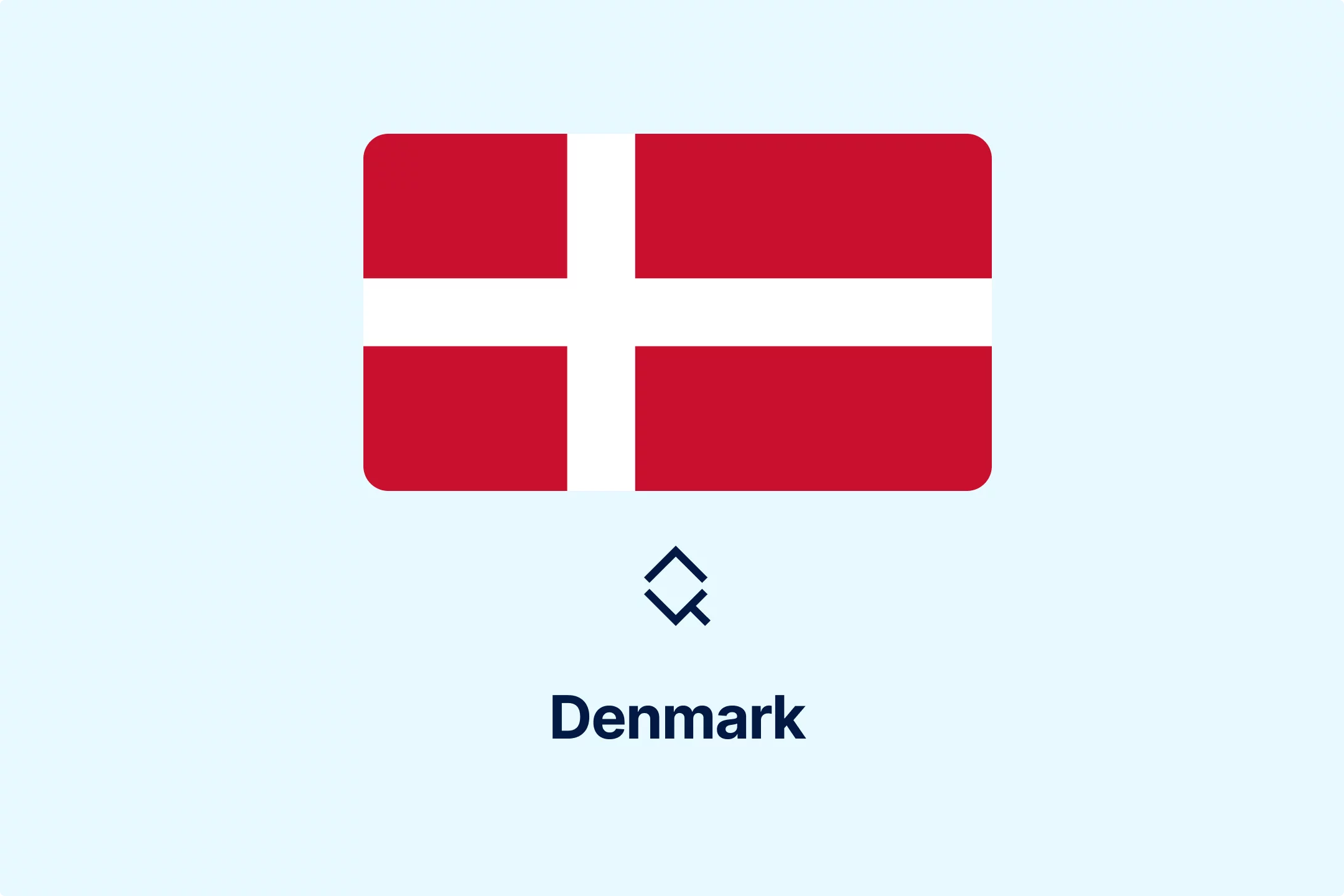
-t409oldqzt.webp)

-hordopb6xh.webp)
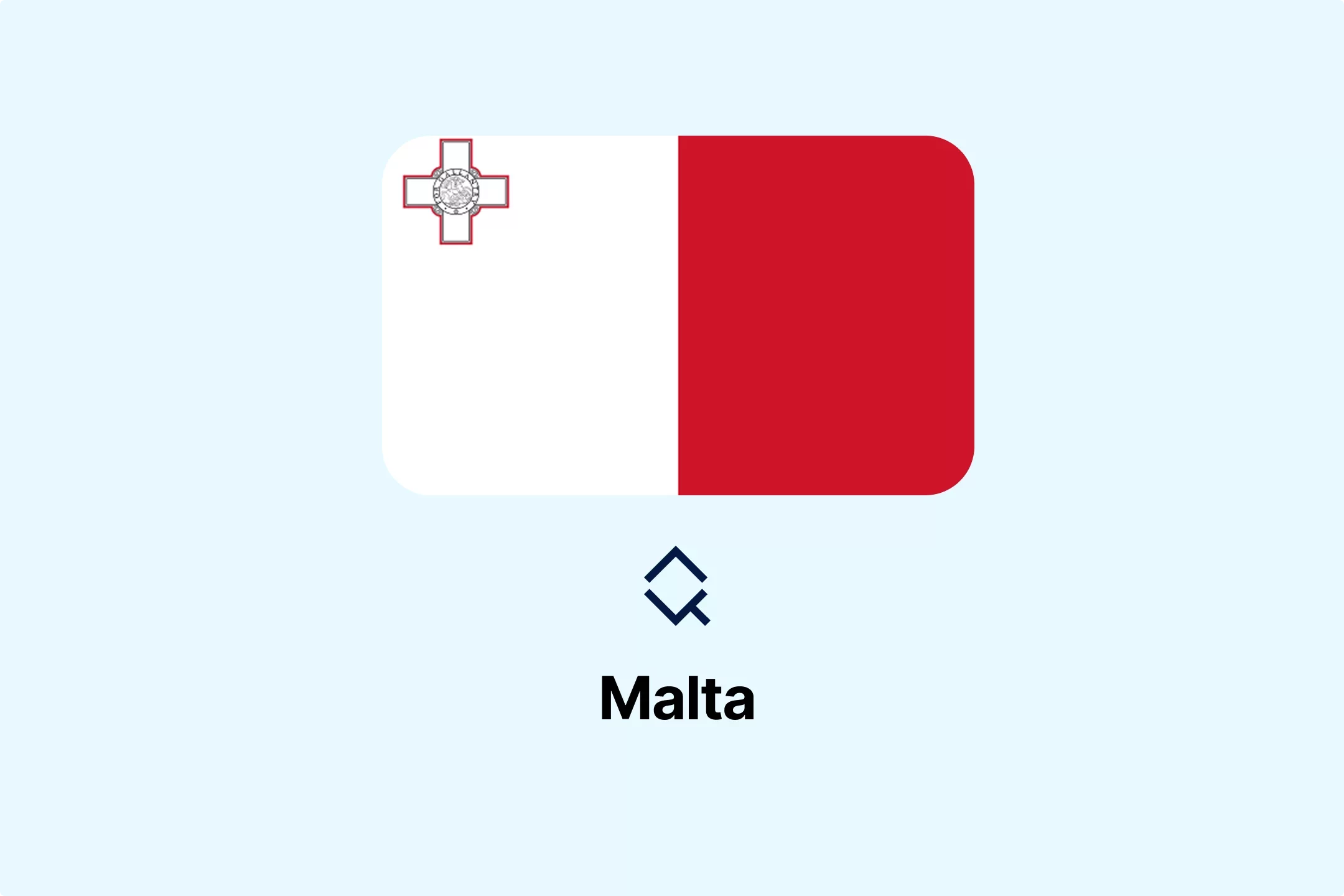
-ooimnrbete.webp)

-lwb5qpsily.webp)


-eumafizrhm.webp)

-mtqp3va9gb.webp)

-3ewrn1yvfa.webp)
-591j35flz2.webp)

-huj3cam1de.webp)

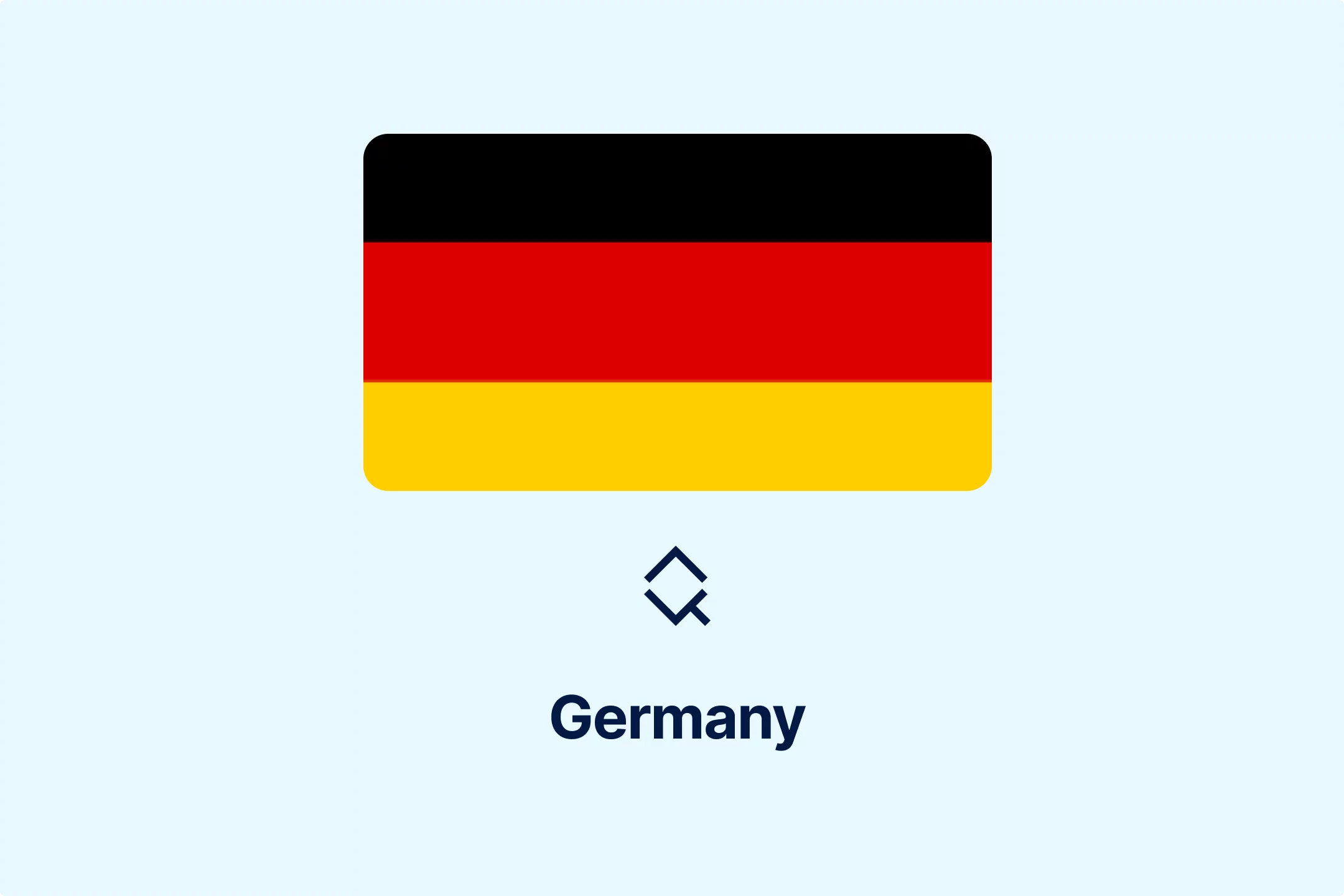
-hafis0ii23.webp)

-qseaw5zmcy.webp)



-qzsah2ifqx.webp)


-69rzooghib.webp)
-wrvng98m0g.webp)


-psucycuxh2.webp)
-klyo8bn5lc.webp)




-6wv5h5eyyd.webp)
-tfgg78rbid.webp)
-a6jpv9ny8v.webp)
-qhdbapy0qr.webp)

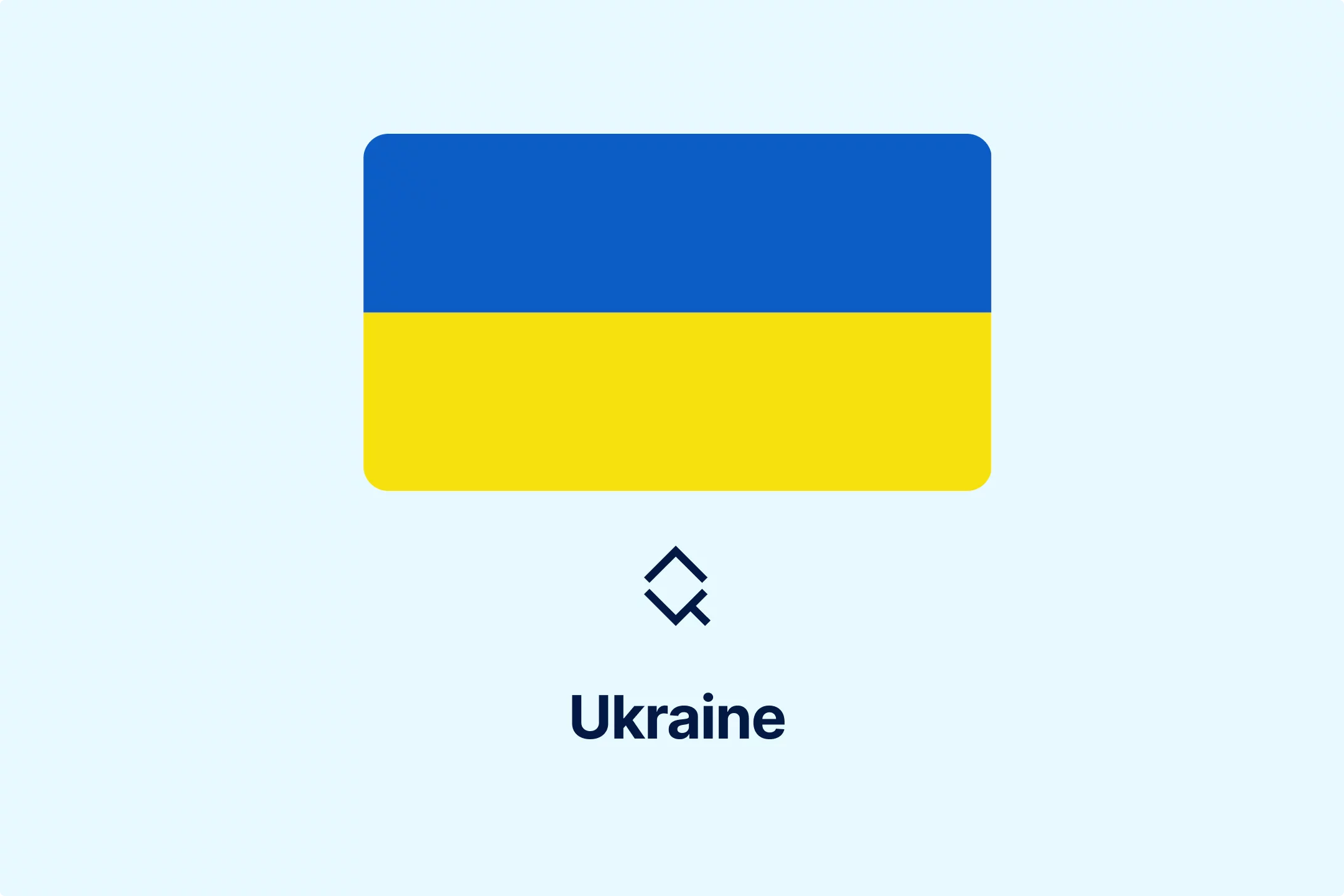
-owvu7zoc13.webp)


-h28jrh1ukm.webp)
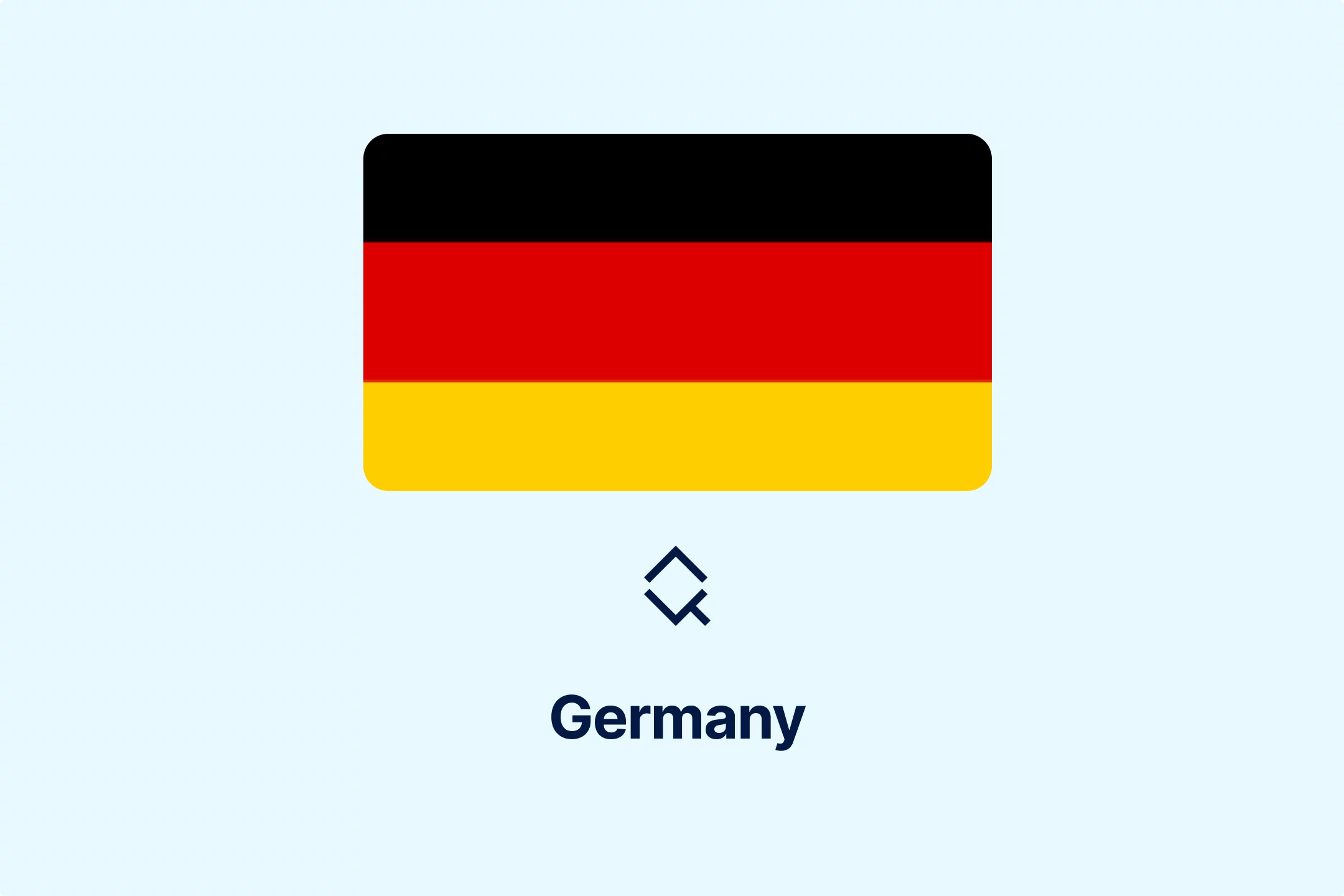
-wl9bl1rw3a.webp)

-2w76jtvtuk.webp)

-c0uvrmrq9j.webp)
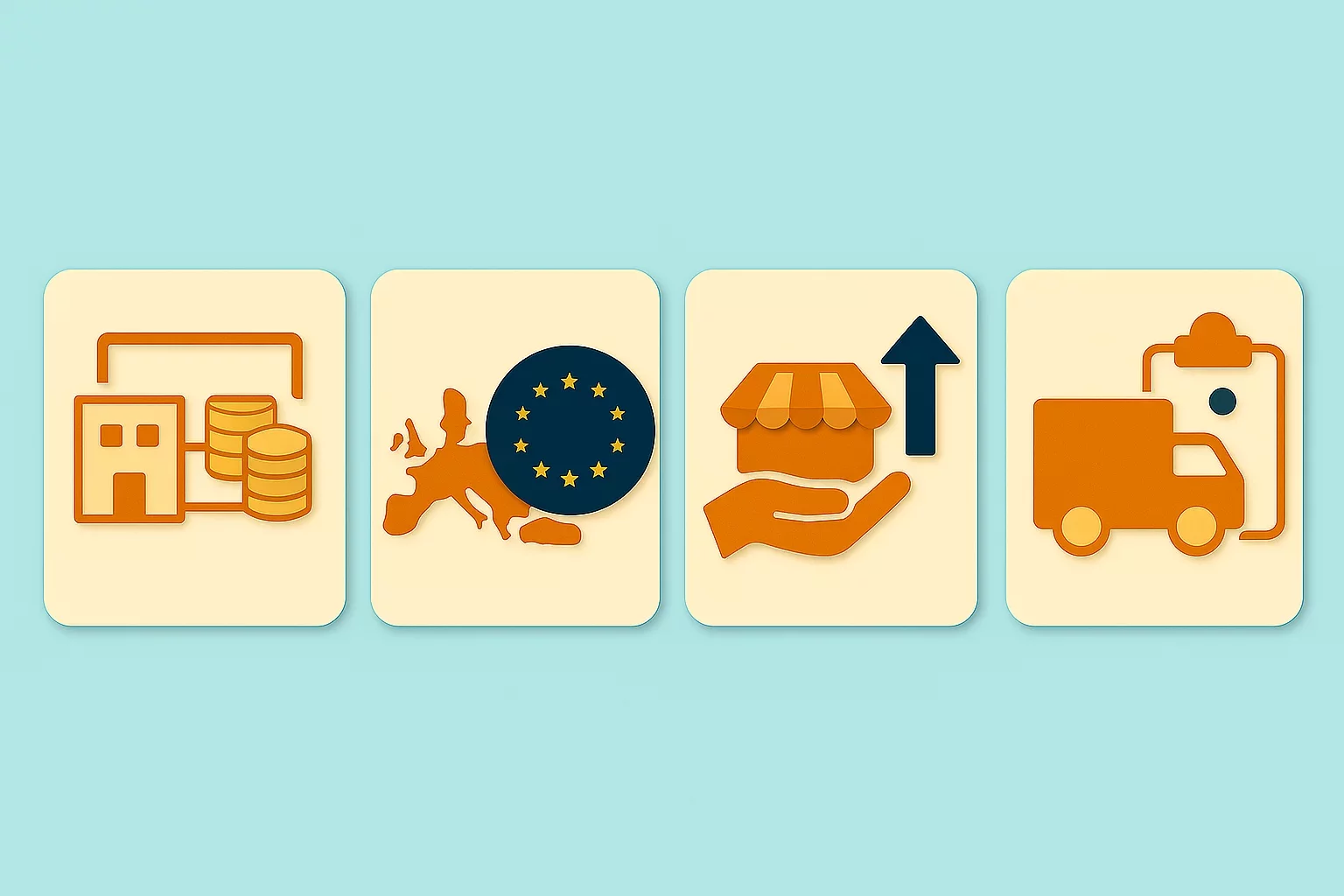

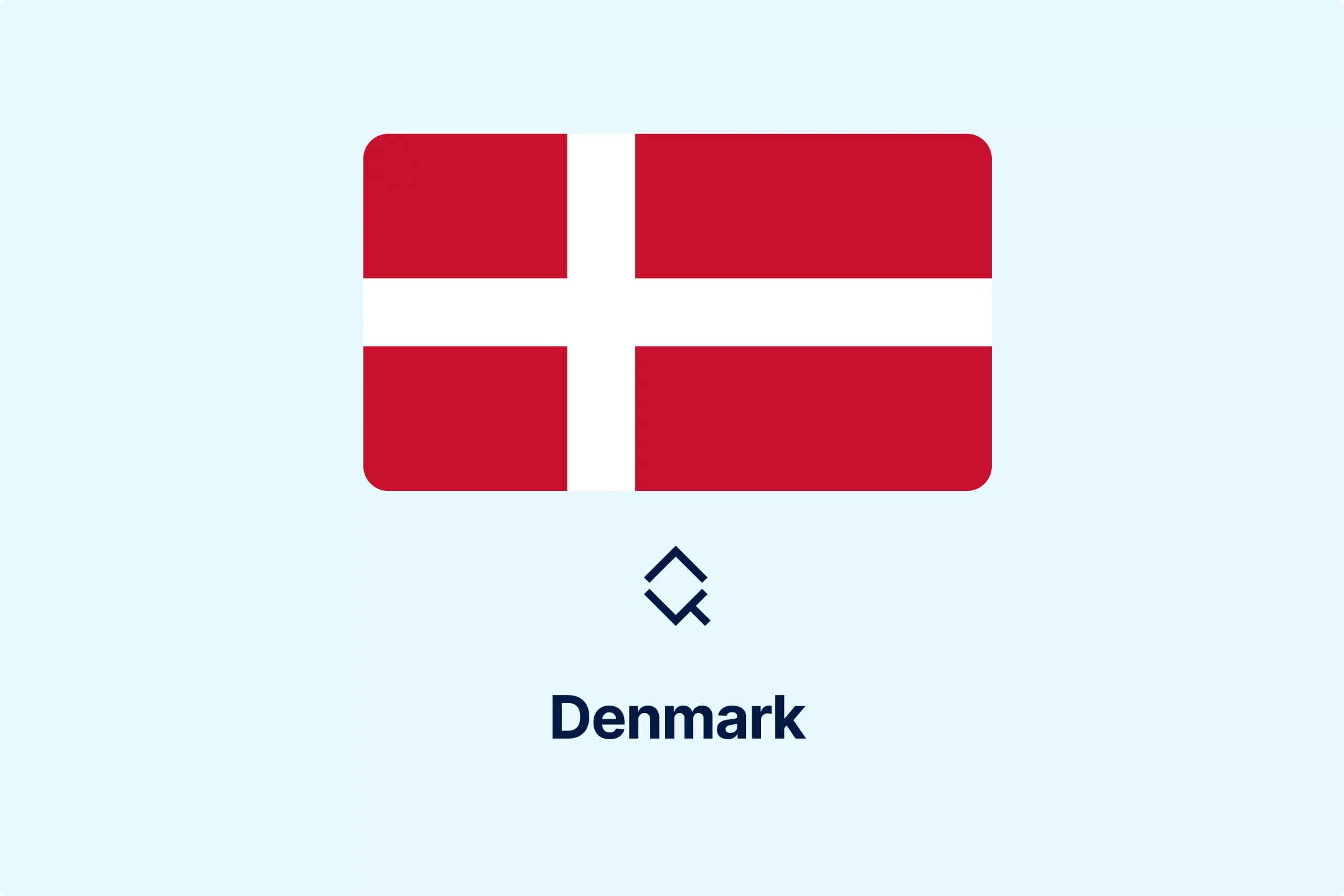
-pofe7ucwz3.webp)


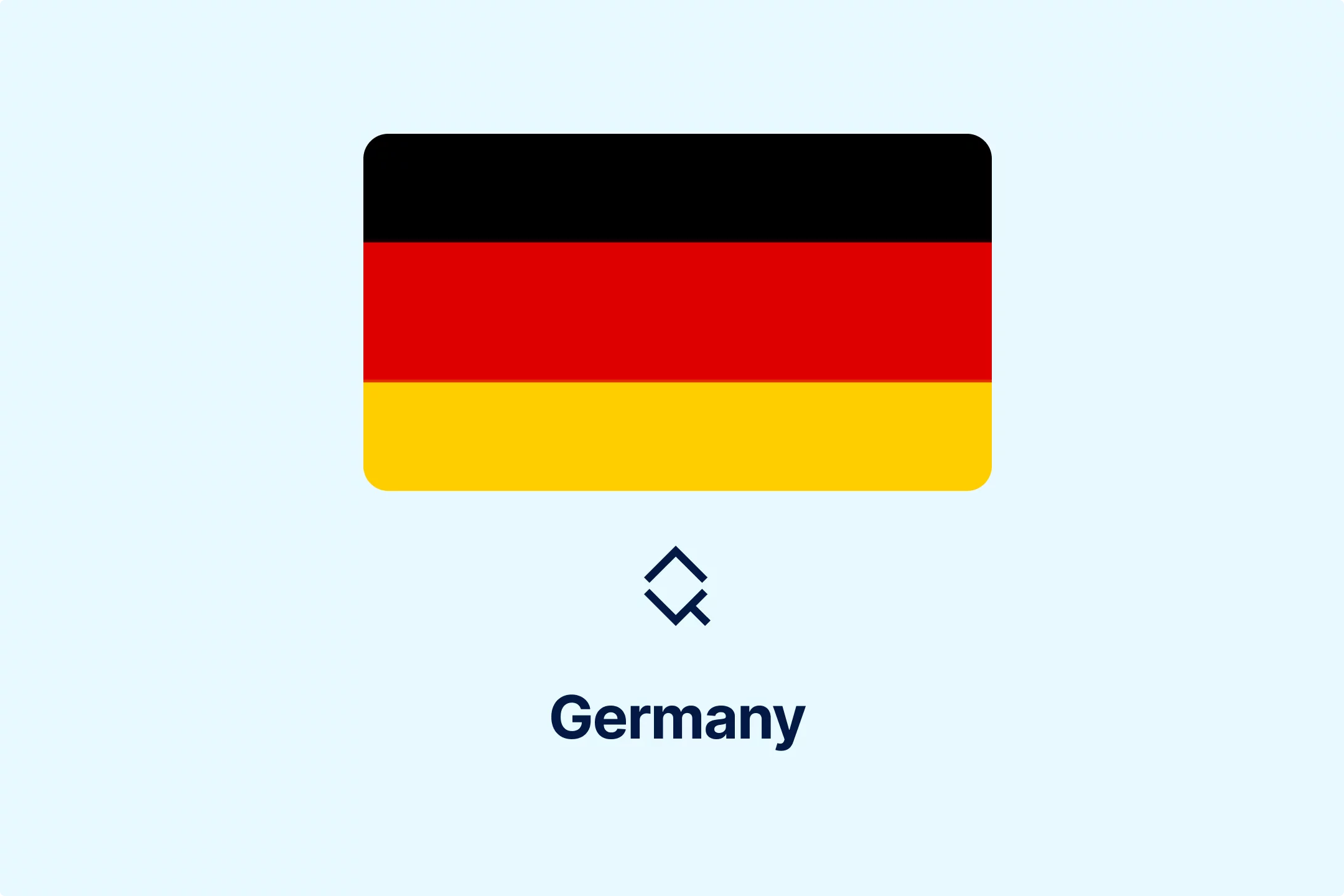
-5cc23ezxyf.webp)
-rrmabbekeb.webp)








-iyyeiabtaf.webp)
-c8rbjkcs01.webp)
-nilkffjhah.webp)
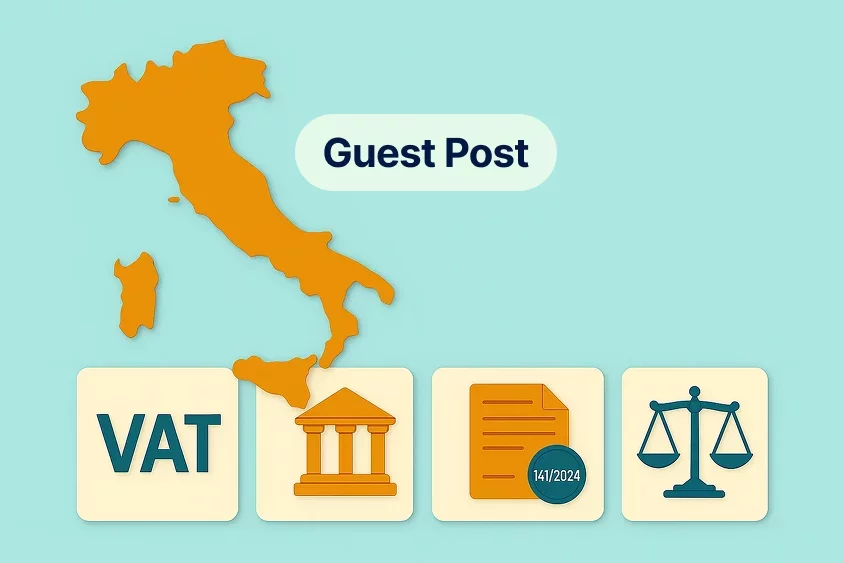
-hikakq55ae.webp)

-z1d60bldtg.webp)
-d1a0q6n7mp.webp)
-viip8nvoeh.webp)
-bvv1otliox.webp)



-de8hdb1bn3.webp)
-7xsxxoypnx.webp)

-cm0opezg73.webp)
-0tovsdupmi.webp)
-subxdamdj6.webp)
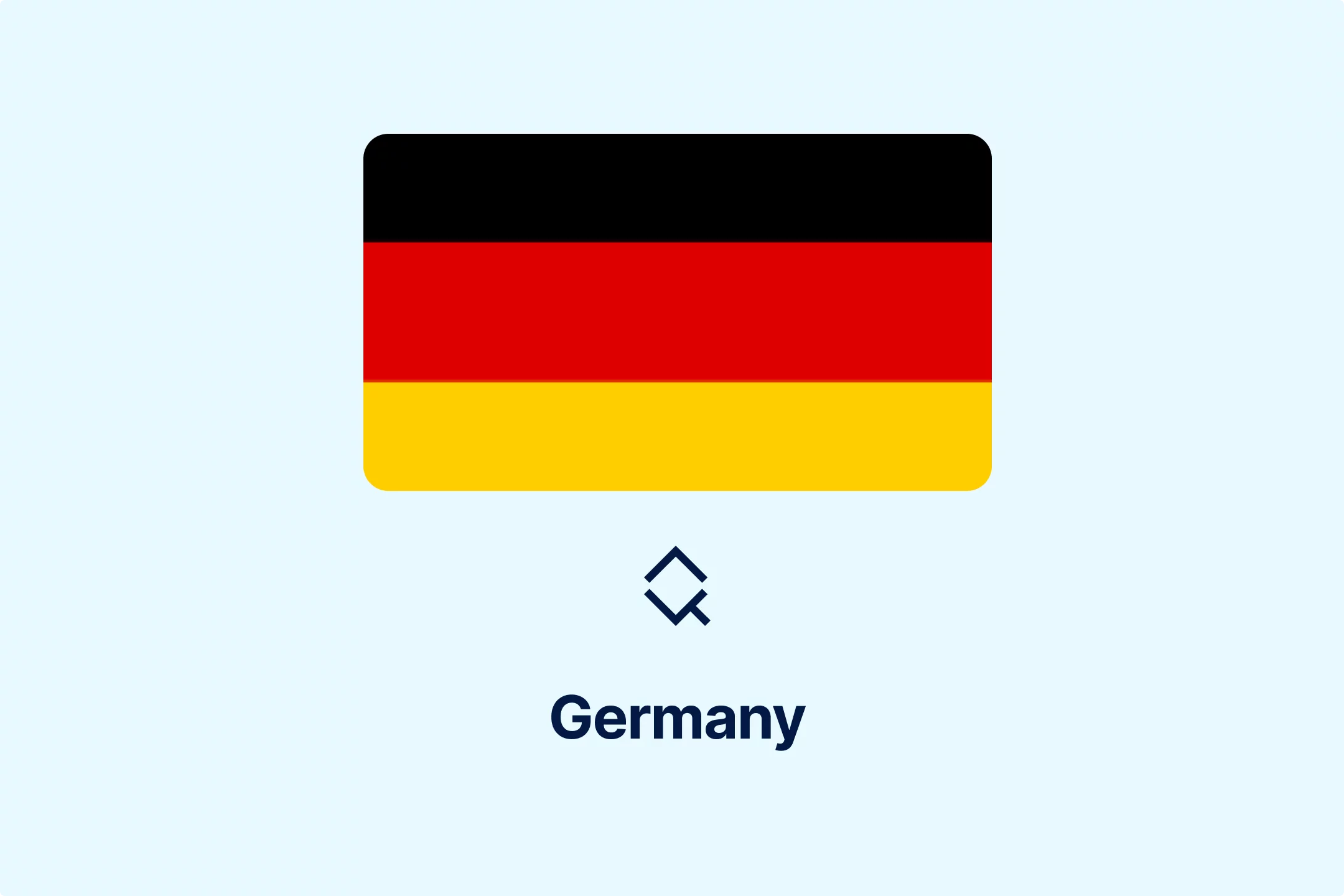

-gly6ablwnh.webp)
-gkduqhwbzh.webp)
-qpe1ld9vcj.webp)
-8noukwsmba.webp)
-aka29tuhkt.webp)


-fisvs27yrp.webp)


-mp0jakanyb.webp)

-aivzsuryuq.webp)



-o7f4ogsy06.webp)

-zjja92wdje.webp)
-hrbhdts8ry.webp)
-qtdkwpgkug.webp)


-cf8ccgah0p.webp)
-0em3cif5s6.webp)





-ptzesl0kij.webp)

-tfzv42pyms.webp)






-uodv7sfbih.webp)
-bbrdfmm9qf.webp)



-m2tl8crfqr.webp)




-1awbqjgpjs.webp)
-avbjsn1k1g.webp)


-0h8ohkx6s0.webp)



-wfmqhtc7i6.webp)
-7wljbof2zo.webp)

-eqt97uyekl.webp)
-wzw9mcf563.webp)

-z4oxr6i0zd.webp)




-l0zcrrzvhb.webp)
-fhtic1pwml.webp)

-iipdguuz9p.webp)
-nkhhwrnggm.webp)
-pltqwerr3w.webp)

-nn6mtfbneq.webp)

-tmnklelfku.webp)



-8z1msbdibu.webp)
-7g16lgggrv.webp)



-lxcwgtzitc.webp)
-9mc55kqwtx.webp)


-xla7j3cxwz.webp)
-jrdryw2eil.webp)






-t9qr49xs2u.webp)


-qjopq5jplv.webp)



-vune1zdqex.webp)

-qsozqjwle2.webp)
-rgjta7iwiv.webp)

-zb6bxxws47.webp)
-lyfjzw4okp.webp)

-ogpfmol5m1.png)


-czisebympl.png)
-zetvivc79v.png)
-ud7ylvkade.png)
-qizq6w2v5z.png)







-ihr6b4mpo1.webp)
-k1j4au0ph6.webp)
-swxxcatugi.webp)


-ig9tutqopw.webp)

-tauoa6ziym.webp)

-spr0wydvvg.webp)

-xfuognajem.webp)





-u2nv5luoqc.webp)








-opuxpan2iu.webp)




-kwttsfd8ow.webp)
-8u14qi10nj.webp)

-wjpr96aq5g.webp)

.png)

.png)


.png)


.png)



.png)
.png)
.png)
.png)
.png)

.png)
.png)




.png)
.png)




































































































































